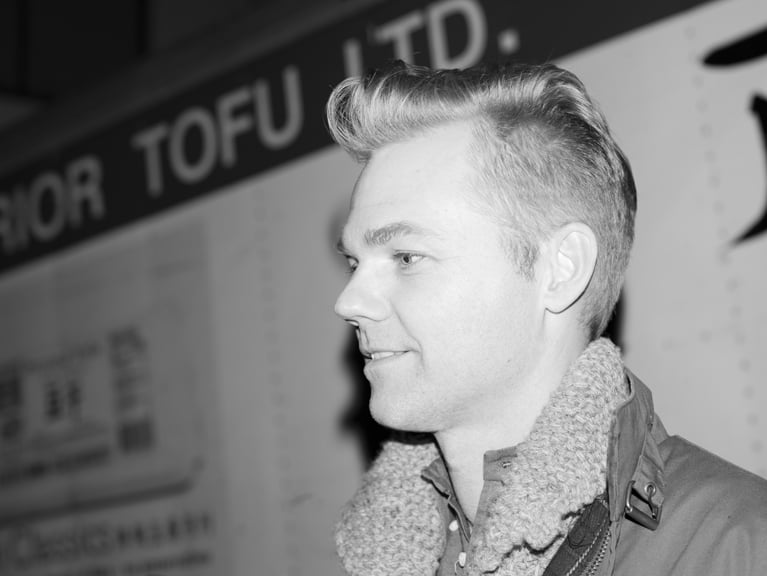At the start of Geoffrey Farmer’s newest art piece, Every day needs an urgent whistle blown into it, a quick description declares that Farmer is known “to blend poetry, performance and social commentary into large-scale immersive works.”
Farmer, a Vancouver-based artist, lives up to this description and so much more in his most recent work, housed in the concrete sky-lit box known as the Henry Moore Sculpture Centre at the Art Gallery of Ontario (AGO). Henry Moore, a modernist English artist, was famous for his sculptures that subtly fused the female form with natural elements. Moore gifted the AGO with an extensive collection of his work, some of which now resides in the AGO’s Sculpture Centre.
For Farmer’s most recent piece, he moved all of Moore’s sculptures back to the original configuration in which Moore had placed them. Then, Farmer created specific sounds and movements of lights to play out in intervals over the course of a day. This comes to fruition in the centre of the room, in which a spotlight occasionally moves around — stopping to draw attention to particular aspects of pieces — punctuated by abrasive sounds, such as deep gongs, light whistles, or fragments of monologues.
As I entered, I was struck by the bright spotlight that dances around the room and occasionally brushes over a viewer, calling them into the exhibit as a sculpture themselves. In doing so, the exhibit questions the air of highbrow inaccessibility surrounding museum displays.
Farmer’s work also aims to destabilize temporal events in a postmodernist way; Moore’s work was part of the modernist art movement of the twentieth century. Farmer, a contemporary artist, has created an exhibit using Moore’s work, employing intertextuality — a preoccupation of postmodernism — between contemporary technological art and more traditional art. Further, it appears that Farmer aims to destabilize set conventions within art, such as Moore’s sculptures, by interjecting lights and sounds and allowing viewers to contribute through their own experiences within the exhibit.
However, there are some elements of the art piece that could use some fine-tuning. For example, some of Moore’s sculptures were removed from the room for the neighbouring Francis Bacon and Henry Moore exhibit and were inadequately replaced by sad, fake ficuses, leaving viewers to imagine what grandiose sculpture might have otherwise occupied the spot. The exhibit was also housed in the Henry Moore Sculpture Centre — a big, booming room — rendering the narrating voice that accompanied the dancing lights was completely unintelligible.
Farmer, in an attempt to juxtapose modernist work against the contemporary world in which we constantly face inescapable change, has injected Moore’s sculptures with contemporary visions and experiences for an intense, sensory exhibit.



